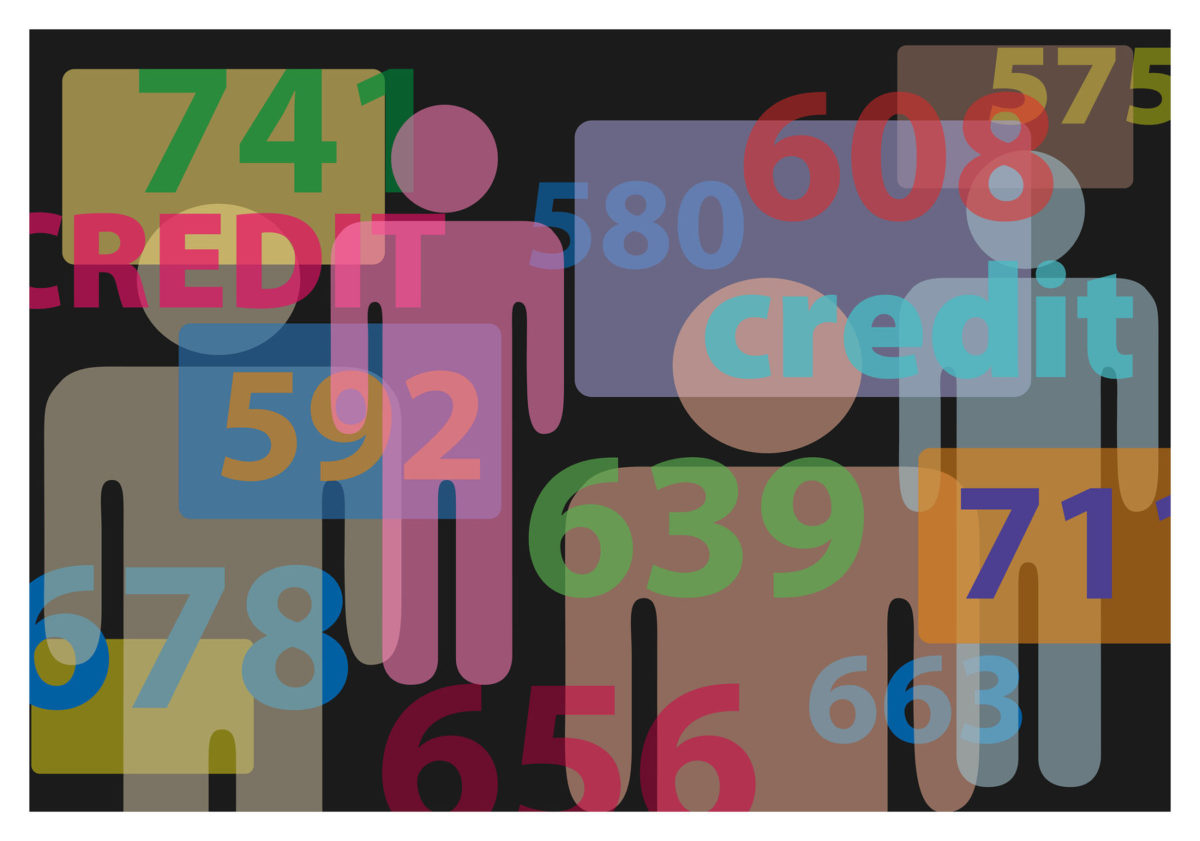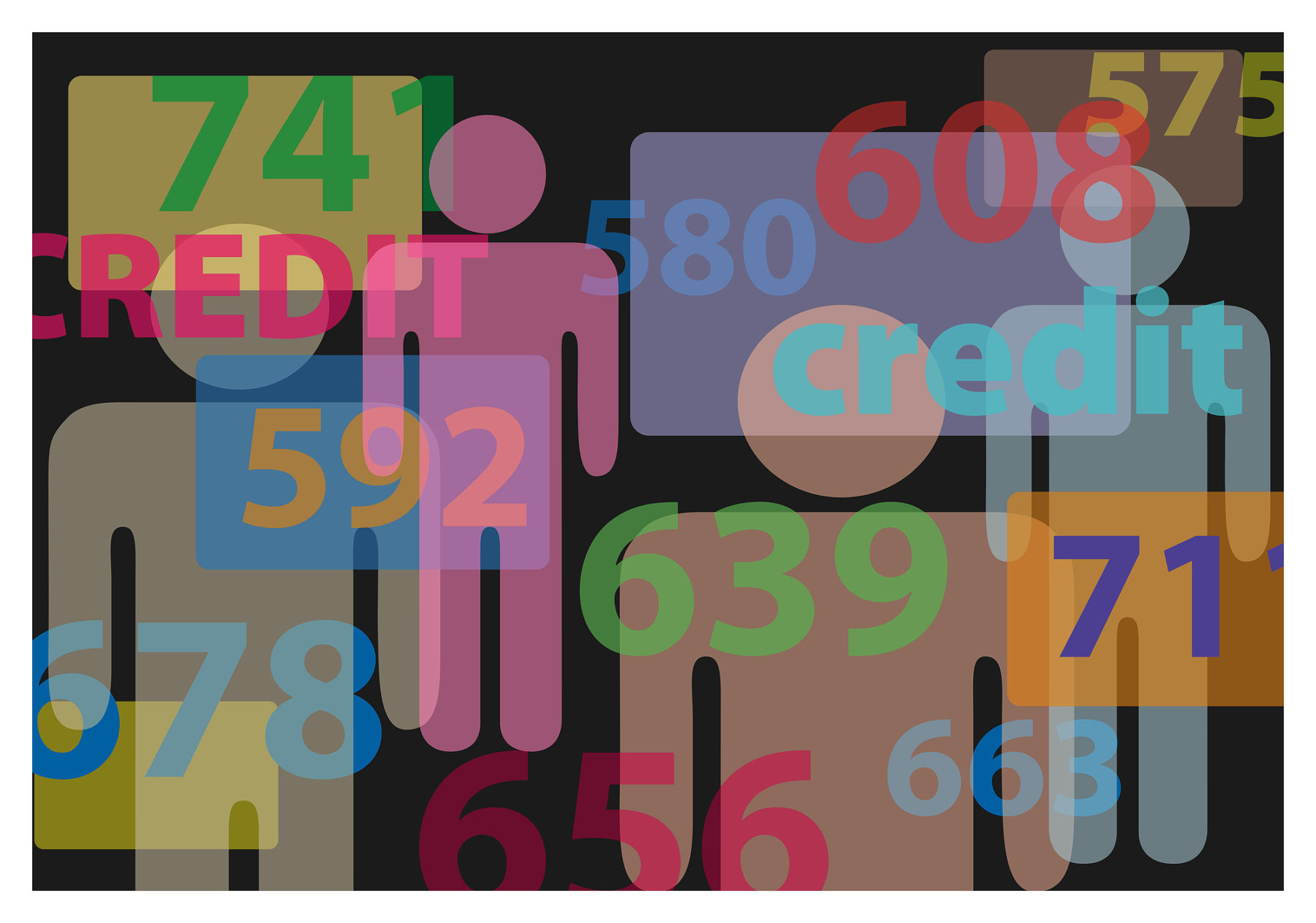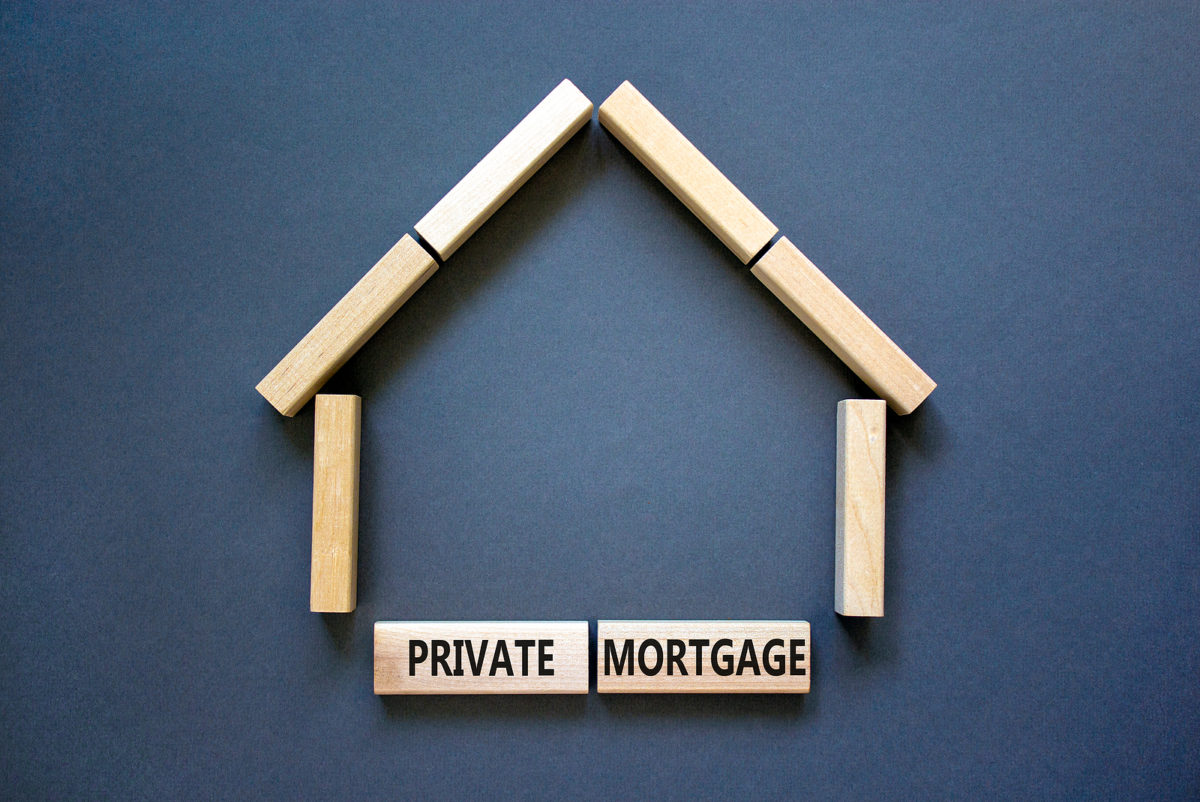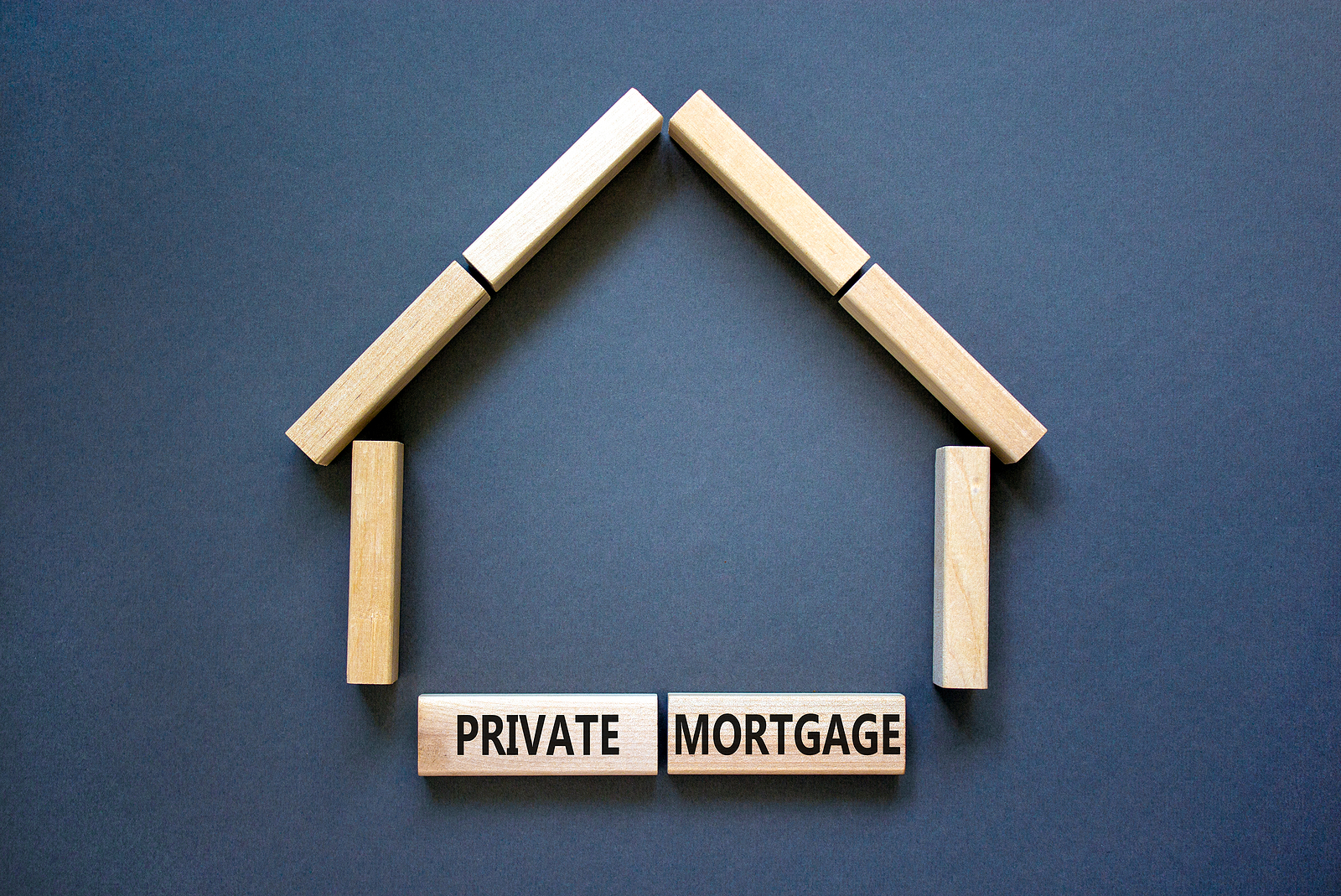Jack and Betty Ayers fixed it up, raised their kids in it, and still cherished the many memories it held. But the couple knew they no longer needed their two-story, 3,000-square-foot Colonial.
Those three empty bedrooms still needed routine dusting and window-washing, the extra one and one-half bathrooms sat unused and the 3-car garage had transformed into a giant junk drawer.
The couple dreamed of traveling more and keeping up on the house and yard less. Plus, Jack’s arthritis was making climbing the stairs increasingly difficult.
They sold their home of 27 years and found a more manageable two-bedroom, 1,400-square-foot ranch. They still have space for entertaining and a spare bedroom for when their kids visit, but they love living on one floor and maintaining less space.
The Ayers aren’t alone. Only 7 percent of retirees surveyed said they had moved into age-restricted retirement communities, according to a Merrill Lynch/Age Wave study. That study also found that 51 percent of retirees had moved into smaller homes.
Sixty-four percent said they had downsized to lower their housing costs. With the proceeds from the sale of their home, the mortgage on which had almost been paid off, the Ayers were able to pay cash for the new home. They took what was left and invested it in their retirement portfolio.
Downsizing: It’s not just for retirees
Downsizing isn’t just for big corporations like GM, nor is it something unique to empty nesters. The urge to minimalize can happen at any age and at any stage in life.
Sure, leaving behind a home in which you may have built decades of memories is gut-wrenching; but moving to a smaller home does offer some exciting advantages. Smaller homes cost less to maintain and to heat and cool. Going petite also may mean a lower property tax bill, cheaper insurance and lower house payments.
Things went smoothly for the Ayers, but like any major life transition, there are some important things to consider when making this move. Here are four things to think about when downsizing.
- Increase your leverage – Consider selling your home and temporarily renting, putting your things in storage, until you buy your new home. Without pressure to buy quickly, you’ll be in a better position to negotiate a lower price.
- House or condo – Do you want your next home to be a house or condo? Condos usually cost less and you don’t have to worry about mowing grass or cleaning out the roof’s gutters–the ideal solution for those who dream of traveling. But condo associations can charge sizeable monthly fees, sometimes higher than buyers expect. If you find a condo development you like, we’ll be happy to find out the current HOA dues.
- Find something special. Leaving a home that holds so many memories, having to shed some belongings such as heirloom furniture, and saying good-bye to neighbors you love can be emotionally difficult.
In choosing your new home, try to find one that has a quality that is special enough to help ease that pain. It might be that newly remodeled kitchen you’ve always wanted, or an attractive fireplace.
- Get rid of furniture. Too many people try to take all of their furniture to their new, smaller home. Technically, yes, they can make it all fit, but too often, doing so gives the new home a cramped feeling, making it seem even smaller than it is.
Make it easy on yourself
Downsizing doesn’t have to be a marathon event. Start slow by tackling one room, or even one part of a room, at a time. Different variations of this theme include starting with your DVD collection, paperwork or beginning in a room that doesn’t hold items of sentimental value, such as the kitchen – the junk drawer specifically.
One of the initial steps to getting a home ready to sell involves de-cluttering, which may require making some tough decisions.
Think of the first steps in downsizing as de-cluttering on steroids and yourself as a multi-tasking ace as you start this process.
First, make decisions about what you will take with you to the new home and what you’ll part with. Items in the latter category require additional decisions: will you give them away, sell them or trash them?
To effectively use the following tips requires having a good idea of how much space you’ll have in the new home. Try to compare the size of the rooms in your current home with those in a substantially smaller home to make it easier to determine how much of your current furniture can make the move with you.
Use large boxes, bins or even designated floor space to separate your belongings in each room according to the decisions you’ve made about them. The giveaway items will need to be further categorized as to whom they will go, for instance “kids,” “charity,” and “friends.”
When handling an item, ask yourself first, how important it is to you. If it’s a “must keep,” then you’re finished with that item and you can pack it. If not, ask yourself how it fits with your new lifestyle. “If you don’t entertain anymore, don’t bring a ton of serving platters to your new home,” Ann Bass, a senior-move manager in Asheville, N.C. tells the Wall Street Journal.
There’s a lot to like about a more minimalist lifestyle. For some, the pursuit is liberating, for others it’s terrifying. If the thought of ditching your belongings and moving into a smaller space makes your heart beat quicken and your palms moist, don’t think of it as “downsizing,” suggests the National Association of Senior Move Managers. Instead, consider it “rightsizing.”
We hope you have found these tips for downsizing helpful, and we eagerly look forward to helping you enter the next exciting phase of your life.



















